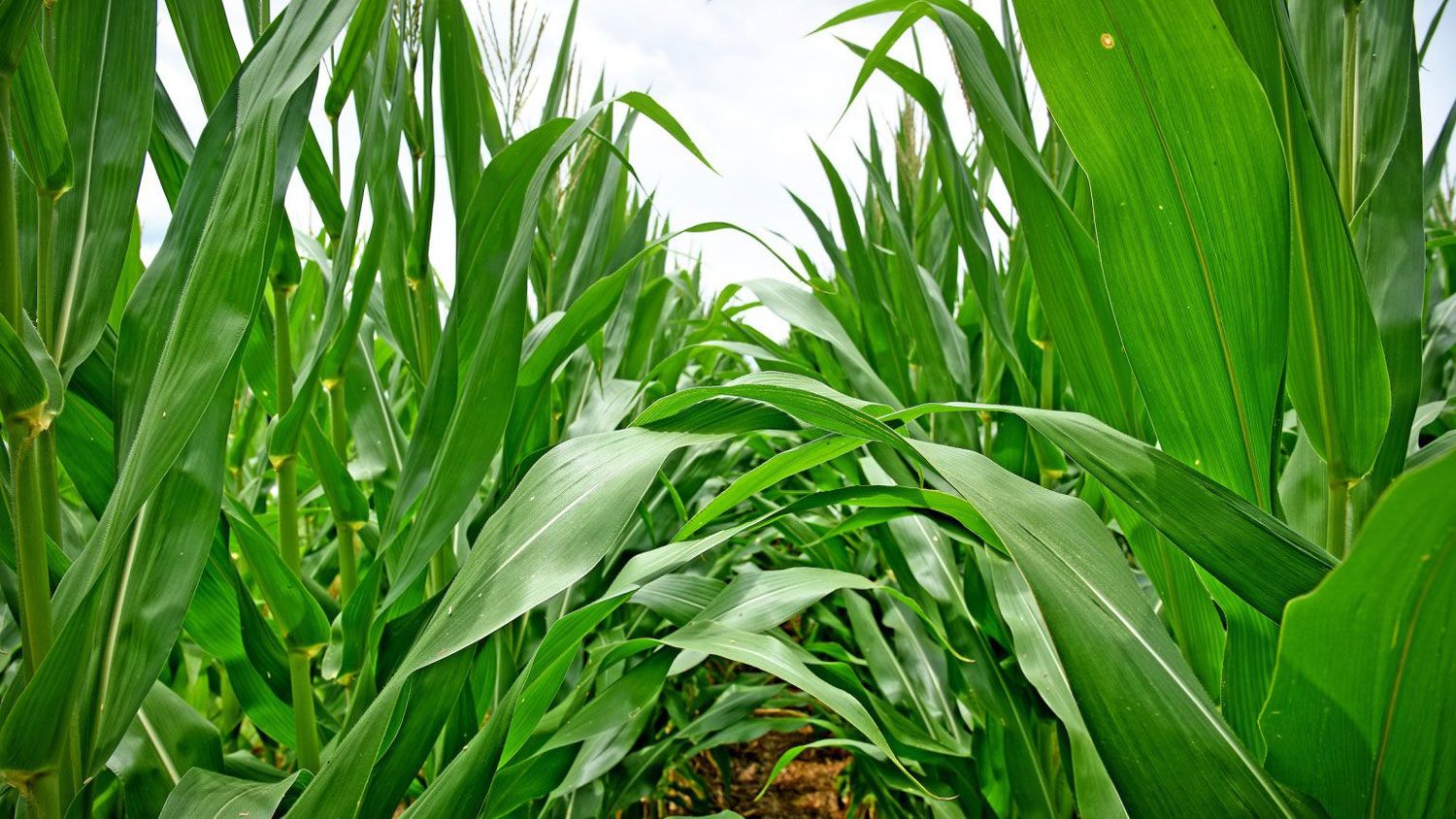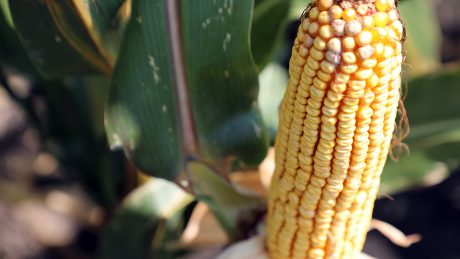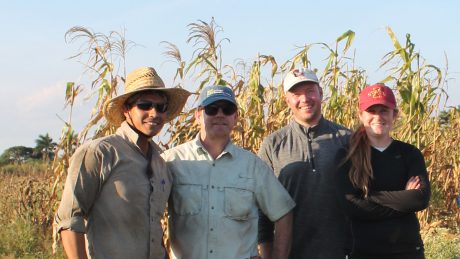
Jim Holland, a U.S. Department of Agriculture-Agricultural Research Service plant breeder and geneticist who is based in NC State’s Department of Crop and Soil Sciences, has spent the past two decades studying genetic variation of corn, or maize, to improve its agronomic traits. Recently, he received the international Maize Genetics Executive Committee’s 2020 L. Stadler Mid-Career Maize Genetics Award for his research on maize genetics.
What does it mean to you to be recognized by the Maize Genetics Committee for your research excellence?
Well, it was a big surprise. It was a very happy surprise. The Maize Genetics cooperative group has been really important in bringing together people who work on all different areas of maize genetics — breeding, genomics, evolution. It’s an amazing group of really great, cooperative scientists. It’s a wonderful community to work in: People share materials and ideas. It’s an honor to be even working with that group and it’s amazing to get an award from them.
Tell us about your research.
In general, we’re trying to understand the diversity that exists in maize worldwide. There’s so much variation in different kinds of corn, including how the plants and ears look, how they grow, and how they are adapted to different environments. You also see the variation at the level of genomic sequences. We’re trying to understand how those fit together: How does the sequence variation related to observable trait variation, how different types of corn are intended for different uses.
We’re also focused on trying to improve resistance to Fusarium ear rot disease. And, with collaborators here at NC State, we’re looking at different corn varieties from the tropics, such as Mexico and South America, to see if we can breed in some of the genes from those varieties that, in the long run, will help us keep grain yield improvement going.
 How will your research impact an average North Carolina farmer?
How will your research impact an average North Carolina farmer?
I’m hoping that we’ll have an impact by developing new varieties with improved ear rot resistance because that’s a disease that’s of particular importance. North Carolina seems to be one of the real hotspots for this disease. I hope we can get some new lines that have better levels of resistance then maybe the big seed companies could use those lines to develop new hybrids that would be sold to our North Carolina farmers.
There are a lot of other disease resistances that are important in our area. So in addition to Fusarium ear rot, I work with Peter Balint-Kurti, a USDA-ARS plant pathologist located at NC State, and he works on southern leaf blight disease and gray leaf spot disease. These are all important, and farmers basically need a package with all of these traits combined together.
We’re also starting to work on some specialty varieties for local production. These would be improved versions of heirloom varieties for use directly in foods like making tortillas, and grits, corn-based foods that we hope would open some new markets for farmers to get some higher value for their corn. And hopefully to help our local and regional food production system.
How has COVID-19 impacted your research? Has it produced significant delays? Or when it’s safe to resume normal activities, will you basically be able to pick up where you left off?
We immediately altered our on-farm, and in-lab research in order to keep our employees safe and healthy. We were granted a research exemption to plant some critical varieties that we need to produce seed from. We’ve been able to get those planted following all the safety guidelines. One technician has been getting the plantings done by themselves in the field. A few graduate students who needed to keep their research on track have been able to continue their critical experiments. But it’s definitely a dramatic decrease compared to what we normally do.
Everything else we’ve put it on hold to do our part to reduce the spread of COVID-19. We’re hoping next summer we can get right back at it.

Why NC State?
I’m a USDA employee but I do have an adjunct faculty appointment at NC State. NC State gives me lab space, gives me research field space, and gives me a great set of colleagues to work with. These colleagues include Major Goodman — I actually did my PhD at NC State with him in crop science — he’s really the world leader on working with maize diversity, trying to breed useful maize diversity into adapted varieties. Major has been a wonderful mentor, first when I was his student, and now as his colleague.
I also work closely with Peter Balint-Kurti on a lot of the disease genetics research, and he’s been great to work with. Matt Krakowsky is another USDA maize genetic person located at NC State. He does work on breeding exotic corn varieties. We have a new faculty member, Ruben Rellan-Alvarez, in the Department of Molecular and Structural Biochemistry. He is an expert on maize genetics and it’s been great bringing him on board. It gives me a lot of hope that the future of maize genetics research at NC State is going to continue to be really strong.
Finally, I have to credit all the NC State graduate students that I have advised or co-advised, and my USDA technicians, who have really done the work on the maize diversity and trait genetics. That’s the real advantage for the USDA faculty to be located in university. We have a great opportunity to work with graduate students who have a lot of enthusiasm. NC State is a really good place to be located for a USDA-ARS researcher.
Our faculty Think and Do the Extraordinary every day.
This post was originally published in College of Agriculture and Life Sciences News.